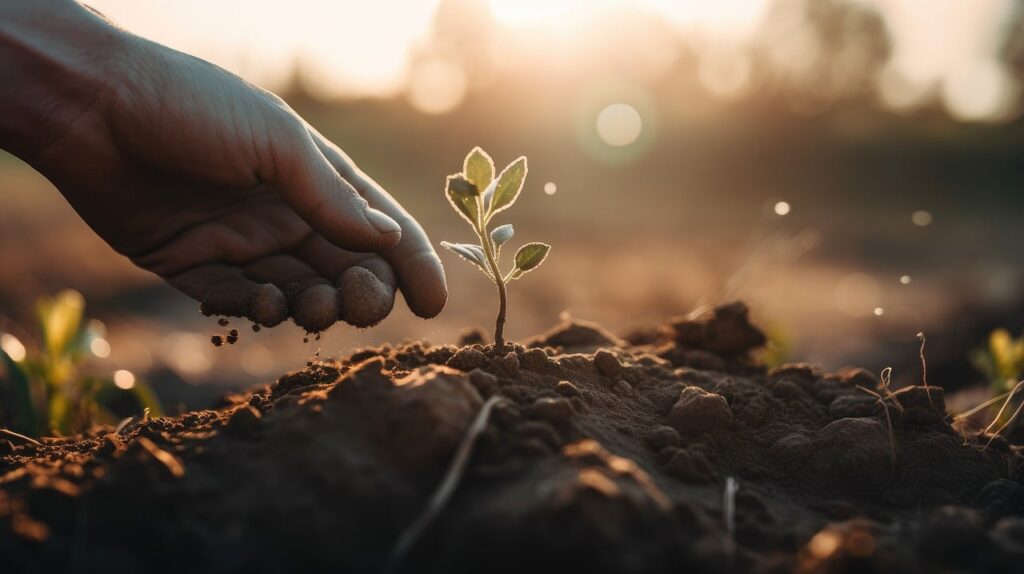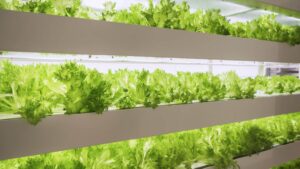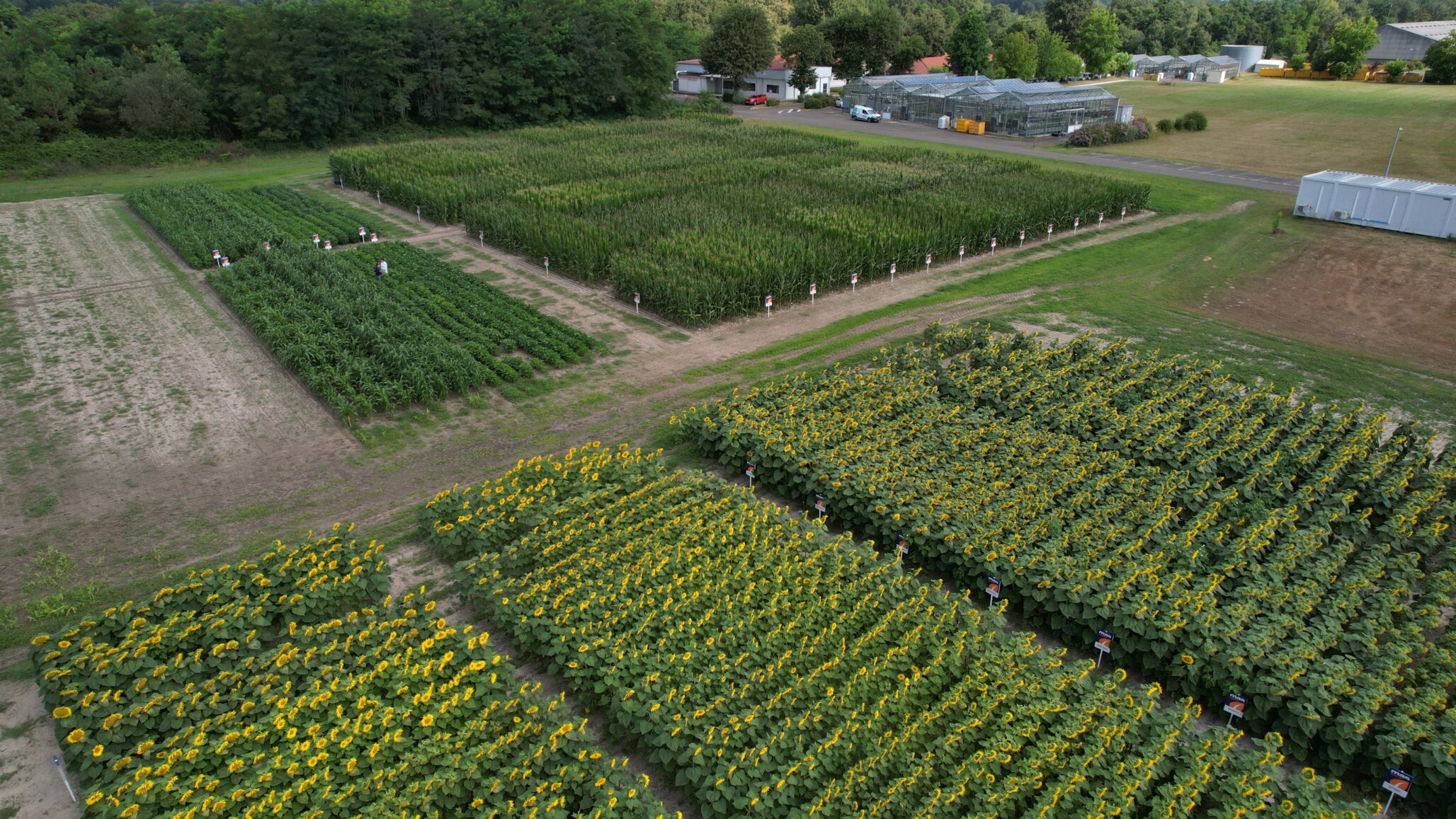The coming challenges regarding food security, biodiversity and climate change highly rely on seed science and accurate prescient view of both agronomic and operational future production conditions.
Genome understanding and selection technologies have incredibly increased the efficiency in go-to-market with high quality seeds: Marker Assisted Selection, CRISPR — Cas9 and now — Cas12, gene editing, gene silencing and GM traits. All the way through, agronomic research and process excellence have deployed constant efforts to increase yield and quality control.
The whole natural machinery that seed growers have to deal with (soil, water, temperature, and solar radiation) combined to genetics to be crossed, has become one unique approach (Genetics by Environment (GxE)). It is supported by machine learning and modelling all growing areas looking at what the crop needs at its key development stages helping planning and yield prediction.
The access to plant transcriptome data (Genotype to Phenotype/SeedGerm platform) and the omics approach, is a crucial pillar for seed companies to better monitor the key attributes such as germination. This is illustrated by the recent research on DOG1-Like (Delay of Germination) genes which teaches about the origins of dormancy mechanisms that plants and seeds have experimented with through the evolution process and recorded in their genome.
This is where seed business is shaping a new era: putting all intelligences together. The incredibly dynamic seed research deploys 360°programs to control the whole pipeline and target the perfect match between genetics (traits) and environment (crossing conditions). Along with the powerful AI tools which support our models, we are not to neglect the animal and plant intelligence (chloroplasts efficiency, pollinators management, symbiotic interactions) and its performance to our production operations.
The key in seed production is pollination, and tremendous progress was made by scientists and agronomists learning more about its biology, shedding, conformation, transportation and storage. The concept of patient / non-patient pollen (entomophilous vs anemophilous) designs the current research around how the seed business is going to manage the outdoor conditions for a reliable fertilization level. Understanding this concept is crucial for the two essentials: yield and genetic purity. Thus, new technologies are emerging such as pollen harvesting, maintenance, re-spraying with drones, bee teaching, UV pollination patterns and many others.
As we have to deal with fast moving agro-climatic conditions, the industry is focused on offering their customers resilient products. Since the natural conditions on the production side are similar while the basic material to cross may have lower energy (when talking about hybridization), it is key to better monitor the parameters identified as crucial to keep productivity and cost under control.
As a consequence, this GxE approach might reshape or at least modify the interactions between selection and production. The more we learn about the behaviour of our growing areas and our traits, the more we are up to optimising planning.
New technologies are giving us the confidence in overcoming the next challenges: weeding robots, connected fields, canopy monitoring through EVI technology, yield imagery, precision planting. All supported by AI, speeding up the learning process and delivering efficiency.
A performing and innovative seed company putting plant, human and animal intelligence all together, strengthens new ways of thinking and stays ahead. Only a documented high-level view can provide the needed resources to be prepared for the exciting challenge of securing affordable feed & food with sustainable practices.









